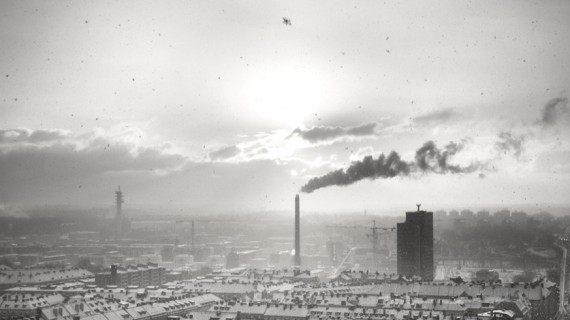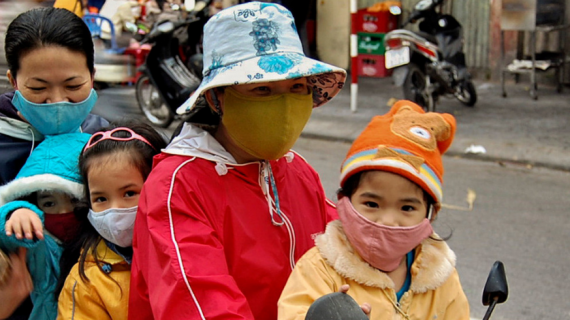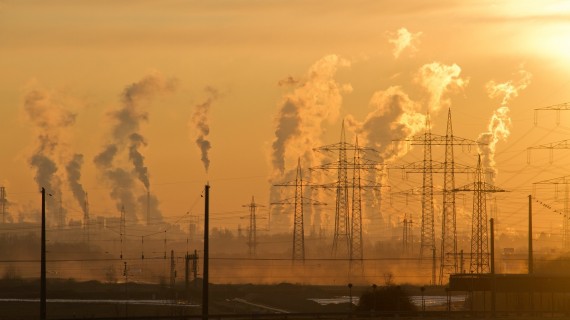Human activities are the main cause of global warming. One of the most important solutions is given by the Kyoto Protocol: an international agreement to fight climate change
The idea that human activities are the main cause of the devasting consequences related to global warming has always been confirmed by all scientific approaches. One of the most important solutions to environmental degradation is given by the Kyoto Protocol: an international agreement that aims to fight global warming.
The International Agreement was drawn up on 11 December 1997 during the Conference of the Parties in Kyoto (COP3), entering into force in 2005, after Russia’s ratification to the protocol. Thus, for being definitely approved, it was necessary to have at least 55 ratifications by those Nations that were accountable for 55% of greenhouse gas emissions: it was achieved thanks to Russia.
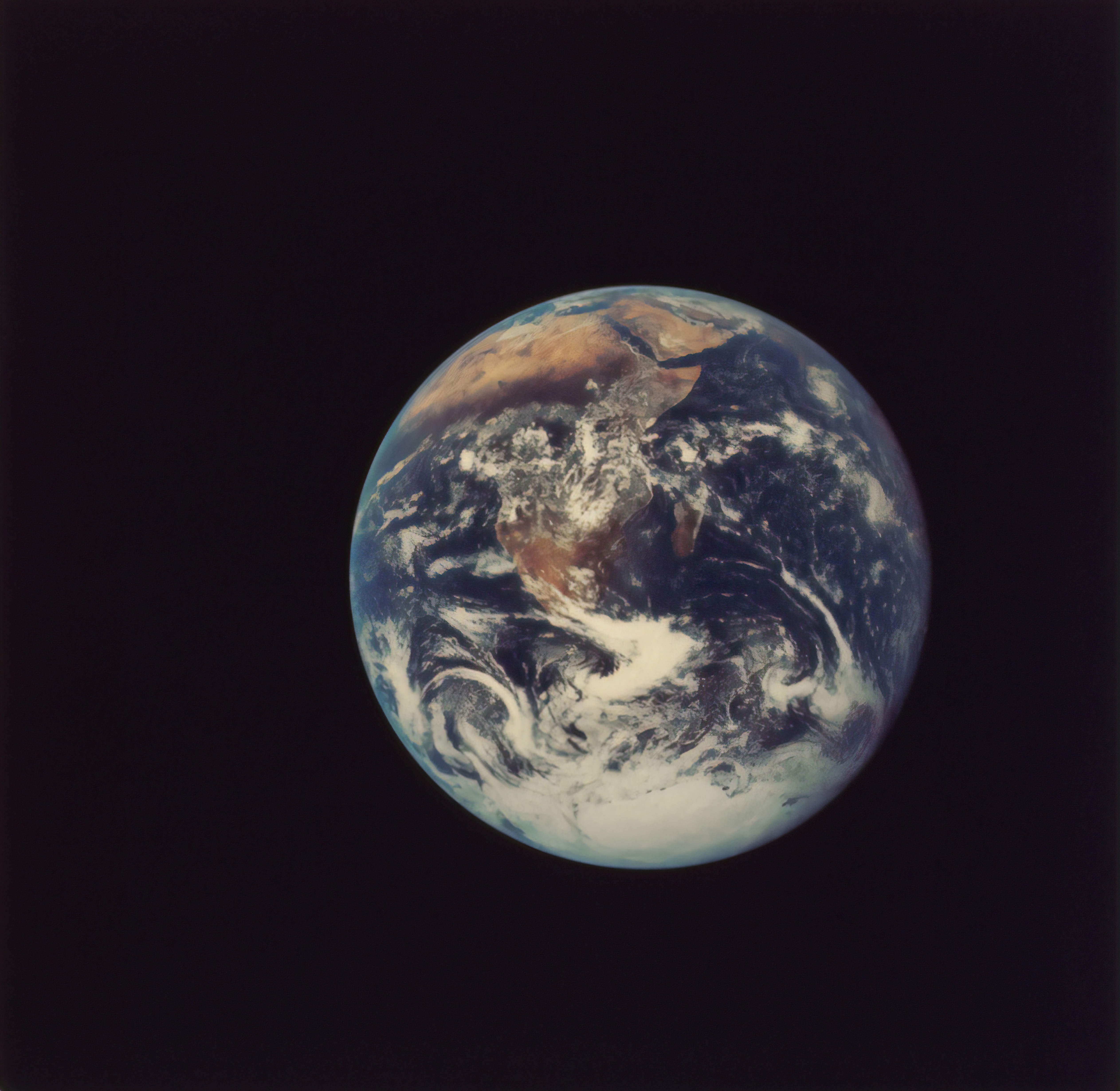
Firstly, we have to understand what these Conferences of the Parties are. Since the early 1960s, the negative effects of industrialization and economic growth turned out to be more concrete for all those developing economies that were boosting their productiveness: hence the need of new politics based on the importance of sustainable solutions for reducing pollution levels (at that time pollution was considered the only environmental issue). A way to discuss either the problems or the improvements that the Nations were doing was organizing annual Conferences in different cities. In 2020 there will be a COP-25 in Santiago de Chile.
Why was the Kyoto Protocol necessary?

Because of the situation in which we are, characterized by the presence of an enemy called “global warming” and green-house gas emissions, the Modern Era is related to the fear of living horrible consequences on the environmental, caused by human activities’ degradations on the ecosystems. When the chiefs of the governments realized that they needed a solution, they came up with the Kyoto Protocol.
What are the objectives?
The Kyoto Protocol was thought to make its members aware of the situation and make them understand that they should have reduced the greenhouse gas emissions, which are accountable for the greenhouse effect and the increase of the global temperature. The Parties can rely on a baseline from 1990, this represents the emission’s levels of those years. Moreover, they are obliged to publish the monitoring of emissions each year.
The climate gases that must be reduced are carbon dioxide, methane, nitrous oxide produced by agricultural holdings, hydrofluorocarbon and sulfur hexafluoride, used in manufacturing and chemical industries. Nowadays, the most dangerous climate gas is carbon dioxide because of its high concentration in the atmosphere.
Which countries are in the Protocol?
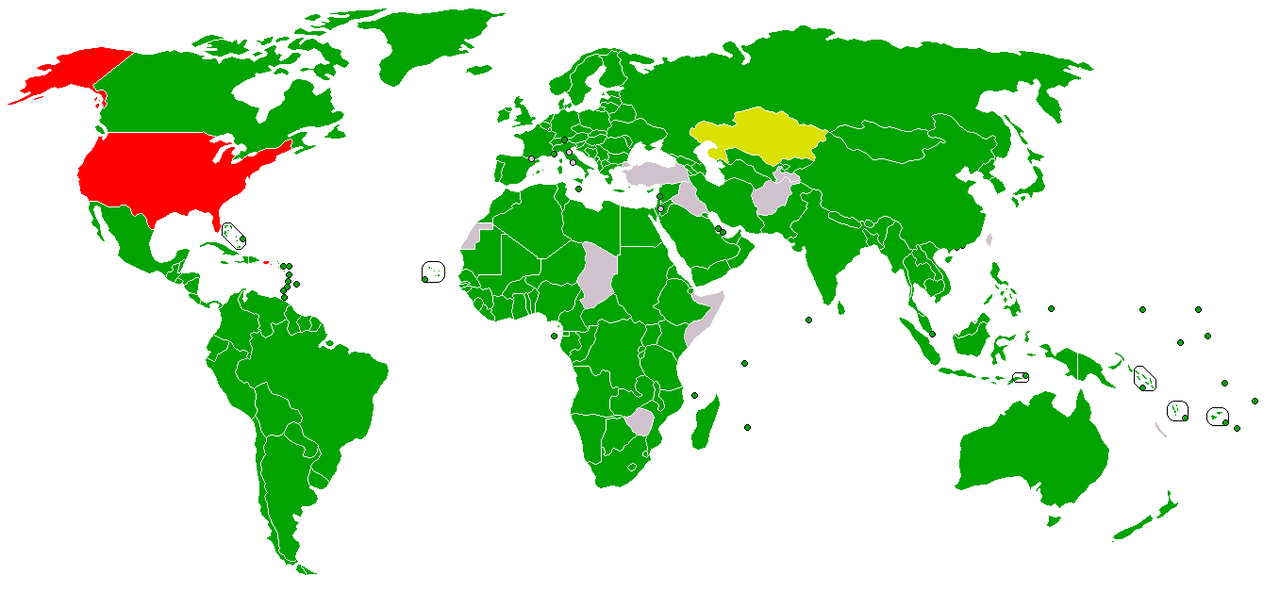
The acceding countries are 192. Among them, there are a lot of European States, such as Italy. It is disconcerting to know that the United States of America, which is accountable for 36,2% of carbon dioxide, has not ratified the document yet. President Clinton signed the protocol but then Bush decided to withdraw the agreement. The most shocking thing is that the State of New England produces enough CO2 that can be compared to the quantity of CO2 produced by an industrialized European Country, such as Germany.
What will happen next?
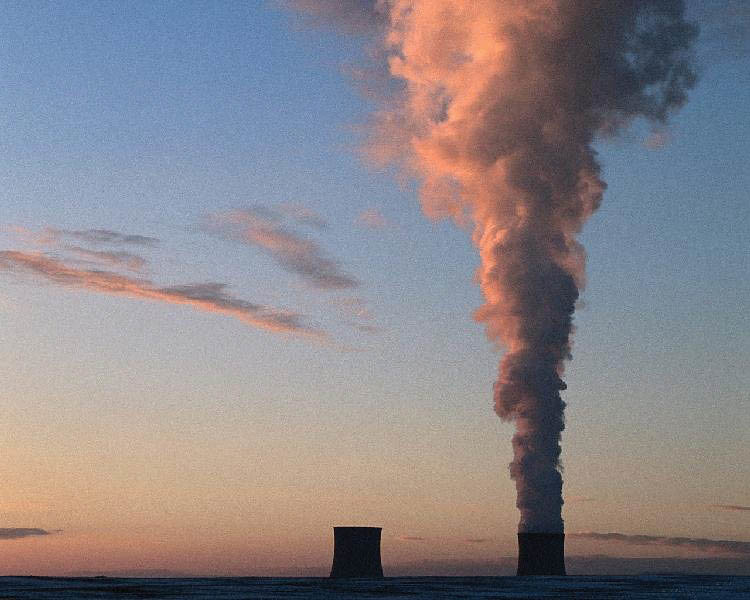
The Kyoto Protocol has had positive consequences too, making people more aware and registering a gradual reduction of emissions. At the same time, it has not been enough to fight the phenomenon of global warming. This situation can still be changed, we should keep on fighting for our future and our rights as citizens.
Can we collaborate on this project?
Yes, of course. Every one of us can collaborate on this situation, we do not have enough power to make things change quickly but we all can be more aware and try to make an effort to change our lifestyles, helping the politics to face the problem that is threating the whole world.
Cover Image: picture by Caroline via Flickr

